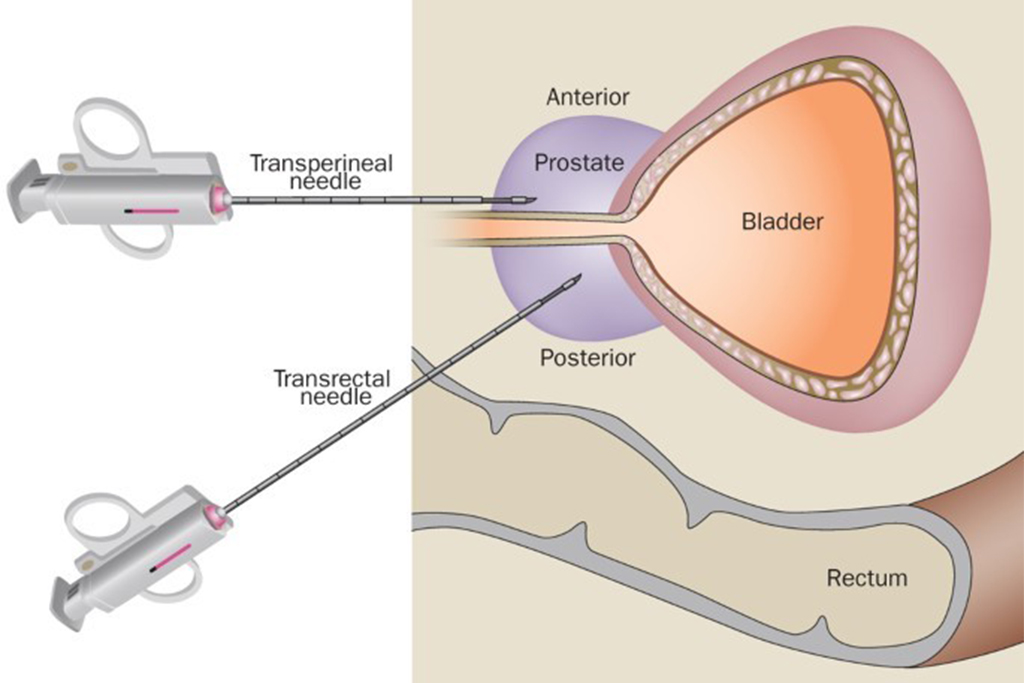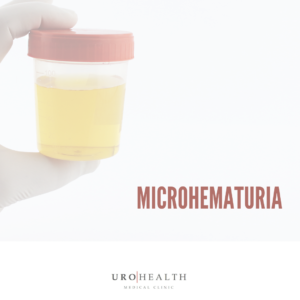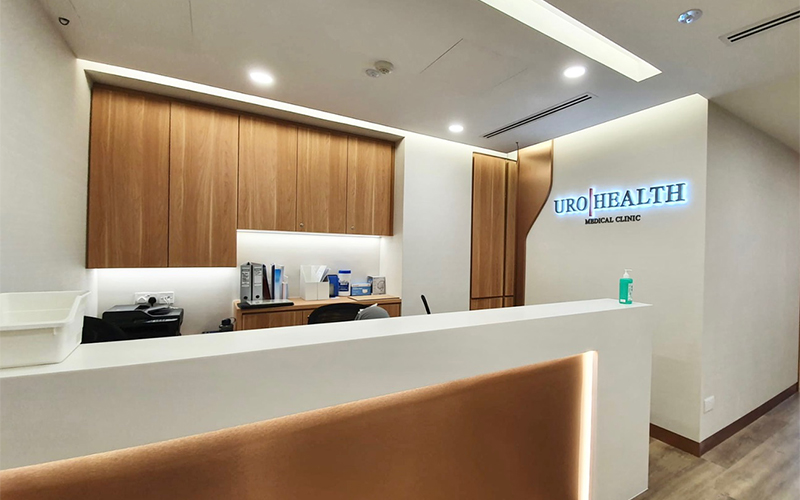Nobody wants a prostate biopsy. However, men are recommended to undergo a prostate biopsy if they are deemed to have a higher risk of having prostate cancer, which can be due to either an abnormal prostate specific antigen (PSA) blood test, or an abnormal digital rectal examination, or abnormal findings on a magnetic resonance imaging (MRI) scan of the prostate. Unfortunately, a prostate biopsy is the only way to confirm the presence of cancer.
In a prostate biopsy, small pieces of tissue are removed from the prostate gland and then examined under the microscope for the presence of cancer cells. As the prostate lies just in front of the rectum, traditionally, prostate biopsies have been performed by passing the biopsy needles through the rectum into the prostate. Unfortunately, the rectum is full of bacteria and studies have reported that the risk of severe infection (sepsis) after prostate biopsies can range between 2 to 10%! To mitigate the risks of infection, doctors have tried various measures including giving stronger or multiple antibiotics, or tailoring the antibiotics based on the bacteria grown from a swab of the rectum. However, all these techniques have not managed to eliminate the risk of sepsis, and antibiotics themselves can lead to complications including diarrhoea and other digestive issues, allergic reactions and promoting antibiotic resistance.
Is there an alternative biopsy technique to reduce the risk of infection? Indeed there is! In the past few years, transperineal biopsy has gained prominence and is now the preferred and predominant biopsy technique in countries such as Australia and the United Kingdom. In fact, in Europe, it is the recommended technique for prostate biopsy (as per the European Association of Urology practice guidelines) ahead of the traditional biopsy through the rectum.
So what is transperineal biopsy? In this biopsy technique, the biopsy needle is passed through the skin behind the testicles (known as the perineum), and do not pass through the rectum. As skin can be easily cleansed compared to the rectum, the risk of sepsis after transperineal prostate biopsy is near zero, with data showing a risk of sepsis of less than 0.1%. Due to the negligible risk of sepsis, some doctors do not even prescribe antibiotics for this procedure, although most still do give a single dose of antibiotics prior to the biopsy. Studies have also shown that the accuracy of transperineal biopsy is not inferior to that of the traditional transrectal biopsy.
Transperineal biopsy is actually not new and has been around for several decades. However, it was not popular as it usually required general anaesthesia (in the operating theatre) and was painful. In the last few years, advancements in local anaesthesia techniques and biopsy equipment have allowed it to be done in the clinic instead. With good local anaesthesia nerve blocks (and sometimes with light sedation), the entire biopsy can usually be done through two tiny punctures in the skin of the perineum.
In conclusion, prostate biopsy is still recommended for men suspected of having prostate cancer. However, talk to your urologist about the biopsy techniques available and you should certainly consider the transperineal biopsy approach if possible!
Photo credit: Chang, D., Challacombe, B. & Lawrentschuk, N. Transperineal biopsy of the prostate—is this the future?. Nat Rev Urol 10, 690–702 (2013).














